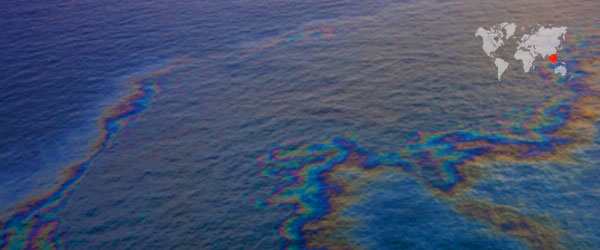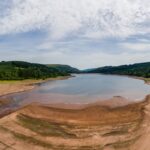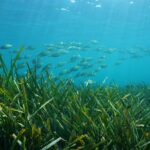The 3rd January 2017 collision between a Singapore-registered ship and another vessel near Pasir Gudang Port in Johor, Malaysia saw almost 300 tonnes of bunker fuel spilled in a narrow channel. This is one of Singapore’s worst spills that has happened in recent years due to the proximity to very sensitive environment.

One of Singapore’s worst oil spills in January sparked a massive clean-up in the days that followed. ©istockphoto.comHoltWebb
Within a few hours, the tar-like slick quickly spread to nearby coasts, impacting businesses (aquaculture and waterfront), recreational activities, the ecosystems and marine life – sparking a massive clean-up of the affected areas in the days that followed.
What should be done to manage a marine oil spill? Here are two critical steps:
- Determine the type of oil that has been spilled
Response efforts differ depending on the type of oil that has been spilled. Some oils are more likely to evaporate than others, while some that are more ‘solid’ in nature tends to sink to the bottom of the sea. But one thing’s for sure, oils travel in water as a result of ambient currents, which brings us to the next point. - Establish an oil-spill trajectory
How do we know where the spilled oil is heading? With an oil-spill trajectory: a map showing the locations where currents and wind are likely to carry the spilled oil, identifying environmentally-sensitive areas and shorelines that might be at risk.
It is very critical that accurate information are made available to decision makers and responders as soon as possible to determine the best response, mitigate impacts from the spill and keep them under control in the vulnerable environment.
For the above oil spill, an online system was used to forecast the spill trajectory for Singapore National Parks. This helped spill responders determine the best response, mitigate impacts from the spill and keep them under control.
Having access to reliable information for timely decision-making is crucial in emergency response planning. Not only will regulatory requirements be met, the environment will thank you.








